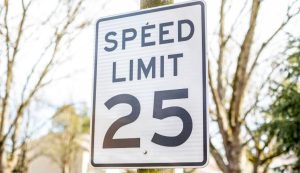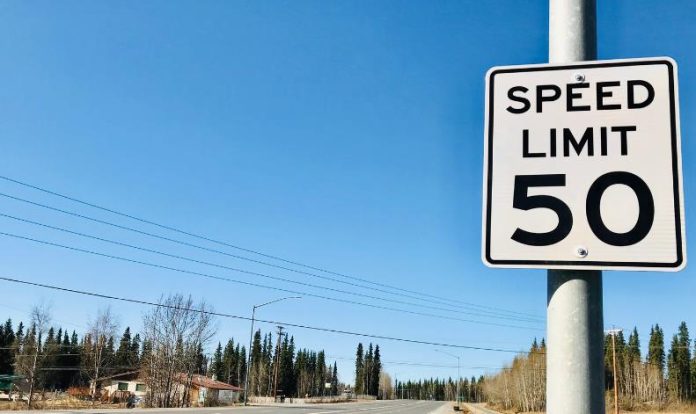Table of Contents
Whether you’re just revising for your theory test, or you’ve been driving on British roads for decades, you might find it difficult to get your head around the various speed limits and how they work in practice on British roads. How can you tell how fast you should be driving, and how exactly are speed limits decided? Let’s take a look.
Different Speed Limits to be Aware of in the UK
National Speed Limit
If you see a white circle with a black diagonal line through the middle of it, then you’re driving on a road where the national speed limit applies. This will vary according to the road you’re on. If there are street-lights on the road, then the limit is 30mph. If it’s a single carraigeway, then it’s 60. If it’s a dual carraigeway or a motorway, then the limit goes to seventy.

So, why don’t the roads in question simply display the limit, rather than asking the motorist to figure it out? Well, the fact is that certain vehicles have to obey different national speed limits. If you’re towing a caravan or another trailer, then the national speed limit is a little bit lower – 50 for single carraigeways and 60 for dual carraigeways and motorways. You can find a complete list of national speed limits here.
Fixed Speed Limit
A fixed speed limit is a little more difficult to mistake. You’ll see a number encircled in red: this is the speed limit in miles per hour. These are most common on roads that lead into towns and cities. It’s easy to get caught out by 50 mph zones in particular, as these can sometimes cover dual-carraigeways, with speed cameras there to enforce them. Don’t get caught, don’t ruin your road trip!
Local Speed Limits

In some areas, a local council might introduce a speed limit of its own. These tend to be situated near to schools and other areas where vulnerable pedestrians might be. They’re often combined with speed bumps, though not always. Going over speed bumps regularly might limit the lifespan of your suspension; it’s therefore worth getting your car regularly serviced if you’re going to be navigating the school run.
Variable Speed Limits
On certain motorways, you might find the speed limit comes down. This is done to ease congestion, and to react to adverse weather. If the speed limit is indicated in a red circle, then it’s a legal limit; if there’s no circle, then it’s just a suggestion. If you don’t obey the limit, however, then you might find that you end up running into backed up traffic and being delayed anyway – so it makes sense to slow down. You might see roads with variable speed limits described as ‘smart’ motorways.

